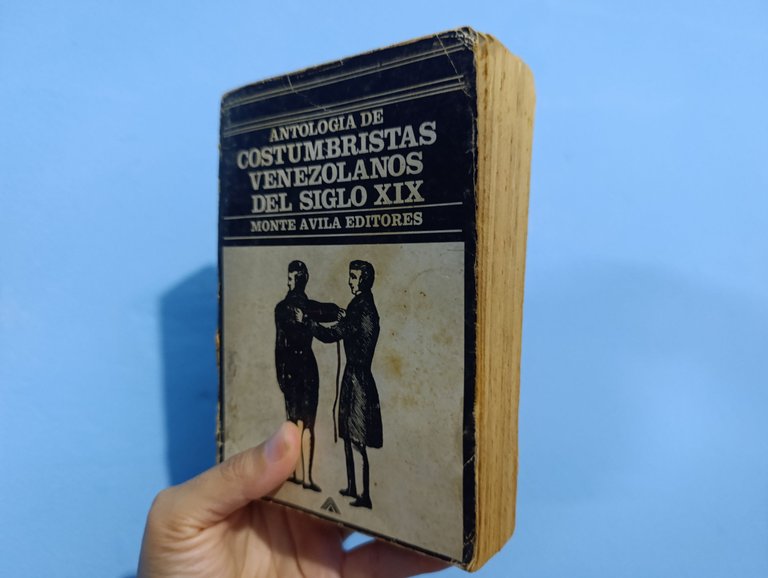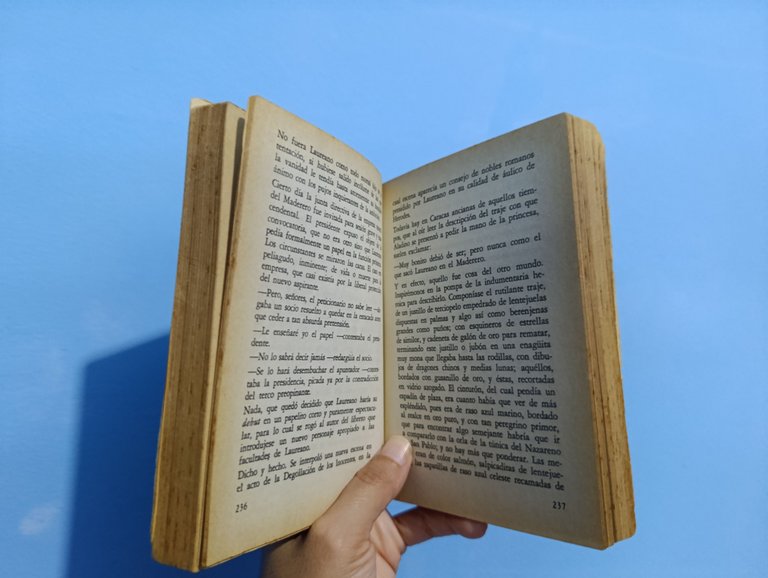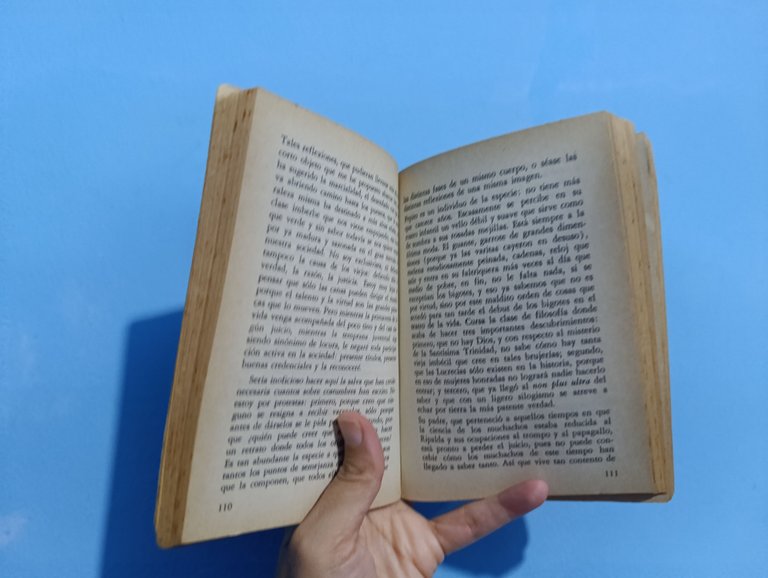The book Anthology of Venezuelan Costumbristas of the XIX Century came to me by recommendation of my wife, here are collected stories of representative authors of this movement, whose objective, in addition to narrative, was to expose the lifestyle and thinking of the Venezuelan people in the nineteenth century, as well as preserve some traditions that still distinguish us. In this anthology we will find 19 authors, cataloged even by periods so that the reader has a broader vision of the development of Costumbrismo. It is a very complete book that tries to offer a version of that country that began its transition to modernity in the midst of many uncertainties.
In this reading I selected three stories that I consider relevant. The first one is entitled The firecracker by Francisco de Sales Pérez. In this story the main character is an individual who lives at the expense of others. His talent consists of convincing, by means of persuasive speech, to obtain money without making an effort. His job is to beg on a daily basis, although he is capable of performing any job. The story works as an excuse to justify an incisive social criticism against the Caracas society of the time.

It is obvious that "The Firecracker" is a warning to societies that allow certain individuals, be they beggars, tricksters or public officials, to take advantage of the ingenuity or generosity of citizens to obtain money without contributing to the country's development. By opening the doors to individuals of a parasitic nature, a bad precedent is created because this practice will be imitated. The warning did not help much, perhaps because at that time illiteracy was very common.
The second story The lyrics of the chimes belongs to the renowned writer Tulio Febres Cordero. The narrator places us in the Andean zone, where customs and traditions tend to contrast with the central and Caracas tendencies. The story shows us a kind of inventory of songs that have been inspired by the ringing of the bells of some churches. When it is time for mass, the merideños parishioners conceive the lyrics, which are associated with their folklore.

The story is simple, but it works to deploy a prose with poetic overtones and a discourse that alludes to the Andean people, their characteristics, history and social transcendence. Febres Cordero also takes the opportunity to highlight the cultural roots that gave rise to songs that are part of the collective memory.
On the other hand, in The cards by narrator Rafael Bolívar, the story presents us, in an original way, the importance of cards to communicate in the 19th century. Tradition inherited from the great metropolises, also in Caracas the small fragments of cardboard or paper were used to inform about professional services, social events, publicity, applications, presentations, work, invitations and other functions.

The narrator, using resources such as irony, tells us about the habit of using cards with set phrases instead of establishing a conversation, thus losing authenticity. This type of non-face-to-face communication became a fashion, a hallmark of importance in the social life of the time.
We can see then, through the stories, how some customs are still maintained, which invites us to reflect on what endures despite time and technological advances. Reading these stories was a pleasant experience because it gives us a glimpse of the birth of a society that, more than 100 years later, is still trying to consolidate its own identity.
Versión en EspañolEl libro Antología de Costumbristas Venezolanos del Siglo XIX llegó a mi por recomendación de mi esposa, aquí se recopilan relatos de autores representativos de este movimiento, cuyo objetivo, además de narrativo, era exponer el estilo de vida y el pensamiento del gentilicio venezolano en el siglo XIX, así como también preservar algunas tradiciones que aún nos distinguen. En esta antologia encontraremos 19 autores, catalogados incluso por épocas para que el lector tenga una visión más amplia del desarrollo del Costumbrismo. Es un libro bastante completo que intenta ofrecer un versión de aquel país que iniciaba su transitar hacia la modernidad en medio de muchas incertidumbres.
En esta lectura seleccioné tres cuentos que considero relevantes. El primero se titula El petardista de Francisco de Sales Pérez. En esta narración se nos presenta como personaje principal a un individuo que vive a expensas de los demás. Su talento consiste en convencer, mediante el discurso persuasivo, para obtener dinero sin esforzarse. Su oficio es pedir a diario, aunque esté capacitado para desempeñar cualquier oficio. La historia funciona como excusa para justificar una crítica social incisiva contra la sociedad caraqueña del entonces.

Es obvio que "El petardista" constituye una advertencia a las sociedades que permiten a ciertos individuos, sean mendigos, embaucadores o funcionarios públicos, aprovecharse de la ingenuidad o generosidad de los ciudadanos para obtener dinero sin contribuir al desarrollo del país. Al abrir las puertas a individuos de naturaleza parasitaria se crea un nefasto precedente porque esa práctica será imitada. La advertencia no sirvió de mucho, tal vez porque en ese tiempo el analfabetismo era muy común.
El segundo cuento La letra de los repiques pertenece al reconocido escritor Tulio Febres Cordero. El narrador nos ubica en la zona andina, donde las costumbres y tradiciones suelen contrastar con las tendencias caraqueñas y centrales. El relato nos muestra una especie de inventario, de canciones que han sido inspiradas por el repique de las campanas de algunas iglesias. Cuando es hora de la misa, los feligreses merideños conciben las letras, que van asociadas a su folklore.

La historia es simple, pero funciona para desplegar una prosa con tintes poéticos y un discurso que alude a los andinos, sus características, historia y trascendencia social. Febres Cordero aprovecha también para resaltar las raíces culturales que originaron canciones que forman parte de la memoria colectiva.
Por otra parte, en Las tarjetas del narrador Rafael Bolívar, la historia nos presenta, de forma original, la importancia de las tarjetas para comunicarse en el siglo XIX. Tradición heredada de las grandes metrópolis, también en Caracas se utilizaron los pequeños fragmentos de cartón o papel para informar sobre servicios profesionales, eventos sociales, publicidad, solicitudes, presentaciones, realización de trabajos, invitaciones y otras funciones.

El narrador, utilizando recursos como la ironía, nos habla del hábito de emplear tarjetas con frases hechas en lugar de establecer una conversación, perdiendo de esta forma la autenticidad. Este tipo de comunicación no presencial pasó a ser una moda, un distintivo de importancia en la vida social de la época.
Podemos ver entonces, a través de los relatos, como algunas costumbres todavía se mantienen, lo que nos invita a reflexionar sobre lo que perdura a pesar del tiempo y de los avances tecnológicos. Leer estos relatos resultó una grata experiencia porque se deja entrever el nacimiento de una sociedad que todavía, más de 100 años después, aún intenta consolidar su propia identidad.
✓Photos from my personal gallery, edited with Fotocollage.
✓Text translated with DeepL.
✓Fotos de mi galería personal, editadas con Fotocollage.
✓Texto traducido con DeepL.